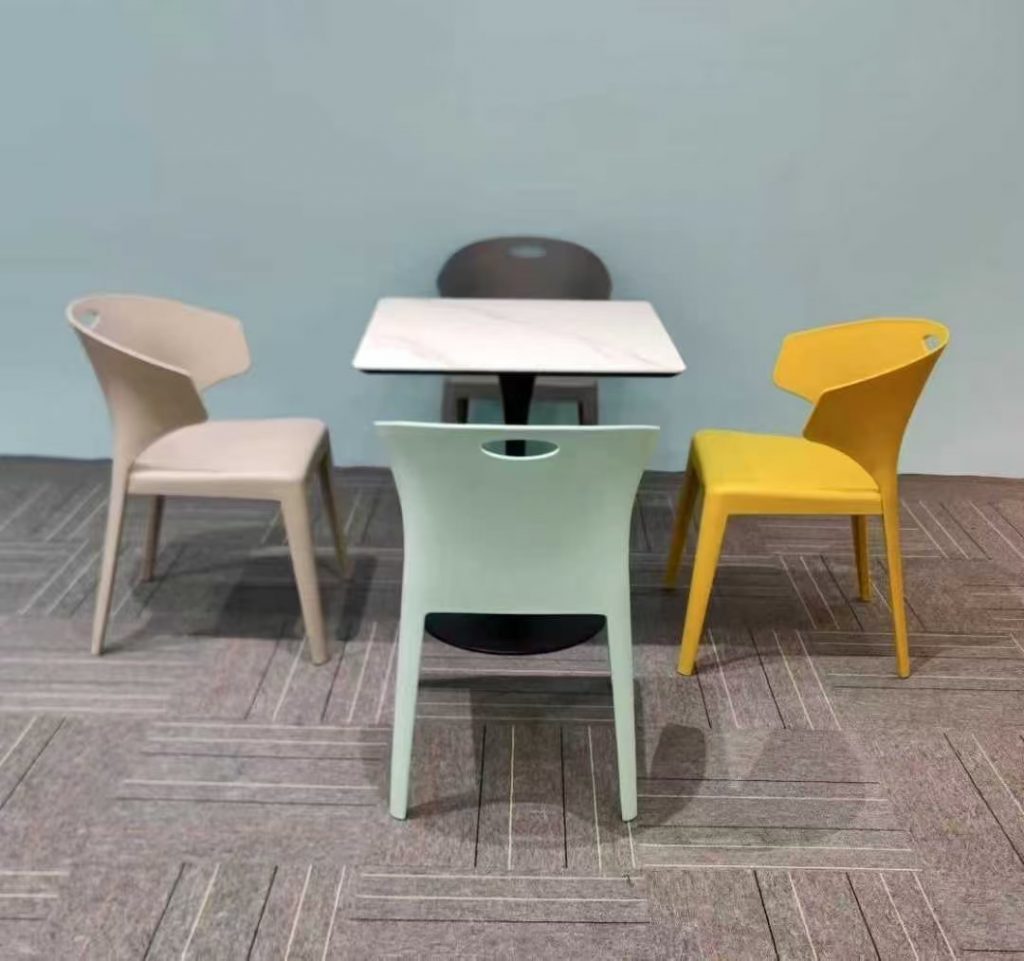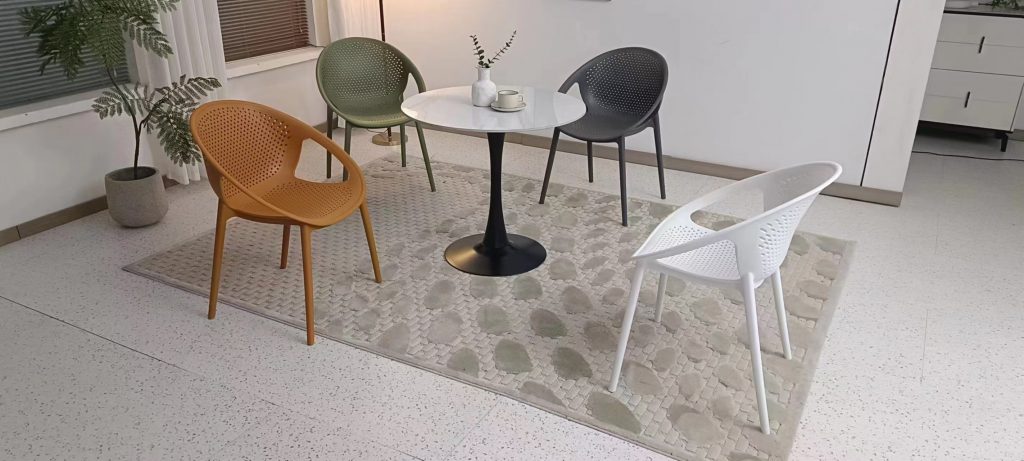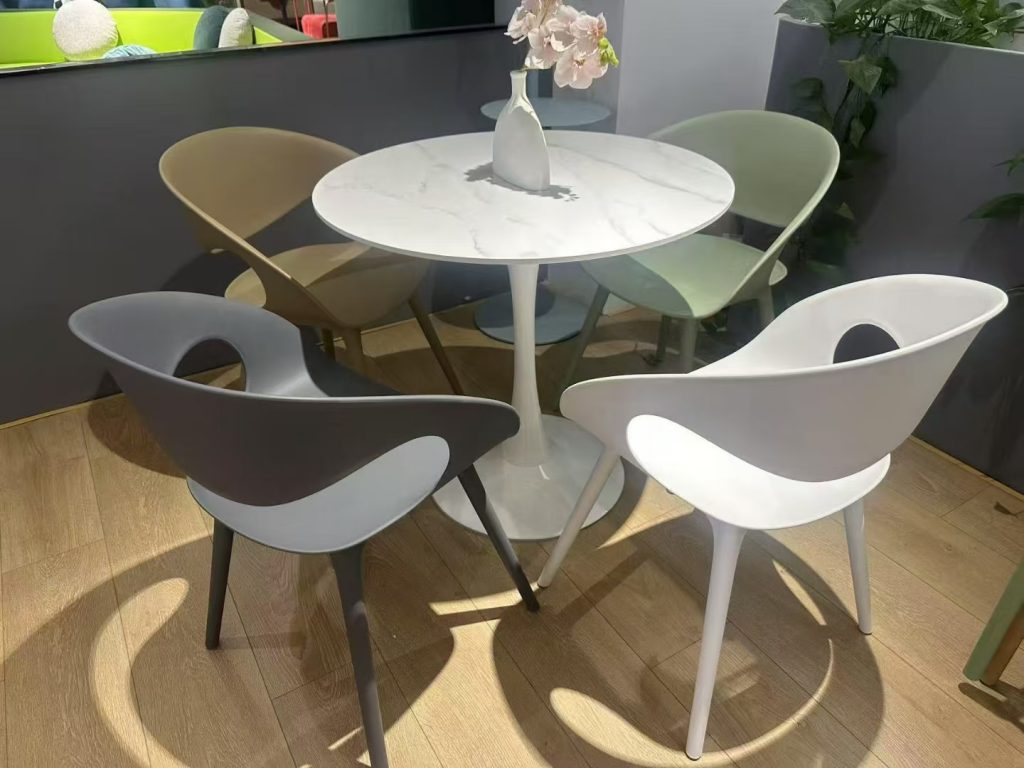


The demand for adaptable, space-saving furniture has surged as modern lifestyles evolve. Modular living room furniture—designs composed of interchangeable components—has emerged as a solution for homeowners seeking customization, functionality, and sustainability. For furniture factories, mastering modular design principles is key to staying ahead in a competitive market. This article explores innovative strategies, design trends, and production techniques to help manufacturers thrive in the modular furniture sector.
—
1. Why Modular Furniture Dominates Modern Living
Modular furniture caters to the growing need for flexibility in smaller homes, urban apartments, and multi-functional spaces. Unlike traditional furniture, modular systems allow users to rearrange, expand, or downsize pieces without replacements. For manufacturers, this trend offers:
– Broader Market Appeal: Appeals to renters, minimalists, and eco-conscious consumers.
– Higher Perceived Value: Modular designs often justify premium pricing due to customization and longevity.
– Reduced Returns: Adaptable pieces better meet customer needs, minimizing dissatisfaction.
—
2. Key Design Principles for Modular Living Room Furniture
Successful modular furniture balances aesthetics with practicality. Factories must prioritize:
a. User-Centric Customization
– Offer mix-and-match modules (e.g., seating units, storage shelves, tables) in varying sizes and finishes.
– Use intuitive connection systems (e.g., snap-fit joints, magnetic locks) for DIY assembly.
– Provide digital tools like configurators to let customers visualize layouts in real time.
b. Space Optimization
– Design nesting or foldable modules for small spaces.
– Integrate multi-functional elements (e.g., ottomans with storage, tables with built-in charging ports).
– Ensure lightweight yet durable materials for easy reconfiguration.
c. Aesthetic Cohesion
– Maintain a consistent design language across modules (e.g., Scandinavian minimalism, industrial chic).
– Offer interchangeable upholstery or exterior finishes to align with evolving trends.
—
3. Sustainable Materials and Production Techniques
Sustainability is a critical differentiator. Modular furniture factories should:
– Source Eco-Friendly Materials: Use FSC-certified wood, recycled metals, or biodegradable composites.
– Minimize Waste: Opt for modular designs that allow part replacement instead of full replacements.
– Adopt Lean Manufacturing: Reduce energy consumption with CNC machines or 3D printing for precise component creation.
—
4. Technological Innovations Driving Modular Furniture
Modern production requires integrating advanced tools to scale customization:
a. CAD/CAM Software
Computer-aided design (CAD) enables rapid prototyping of modular configurations. Computer-aided manufacturing (CAM) ensures precision in cutting and assembly.
b. Smart Modular Systems
Embed IoT-enabled modules for added functionality:
– Wireless charging panels in coffee tables.
– Sensors to detect weight distribution and adjust firmness in modular sofas.
– Voice-controlled lighting integrated into shelving units.
c. Robotics and Automation
Automated assembly lines streamline repetitive tasks, while robotics handle delicate operations like laser cutting or edge banding.
—
5. Marketing Modular Furniture to Modern Consumers
Factories must highlight the unique benefits of modular designs in branding and sales strategies:
– Educational Content: Use blogs, videos, and infographics to explain customization benefits.
– Social Proof: Showcase user-generated content of modular setups in diverse spaces.
– Sustainability Storytelling: Emphasize reduced carbon footprints through recyclable materials and long lifespans.
—
6. Challenges and Solutions
Modular furniture faces hurdles such as complex logistics and higher R&D costs. Address these by:
– Modular Packaging: Design foldable crates for easy shipping.
– Collaborations: Partner with interior designers to create trend-focused module bundles.
– Modular After-Sales: Offer repair kits or spare parts to extend product lifecycles.
—
7. The Future of Modular Furniture
The next wave of innovation lies in AI-driven personalization and adaptive materials. Factories investing in machine learning can predict popular configurations, while self-assembling modules could redefine DIY furniture. Additionally, augmented reality (AR) apps will enhance virtual try-ons, bridging the gap between online and in-store experiences.
—
Conclusion
Modular living room furniture represents a dynamic intersection of design, technology, and sustainability. For furniture factories, embracing modular principles isn’t just a trend—it’s a strategic imperative. By prioritizing user customization, eco-friendly practices, and smart technology integration, manufacturers can position themselves as leaders in the future of adaptable, stylish living spaces.
Elevate Your Modular Furniture Line
Ready to transform your production process? Start by investing in modular design software, training teams on sustainable practices, and crafting compelling narratives around customization. The future of furniture is modular—build it today.
Article link:https://www.vlefooena.com/manufacturer/4364/

No reply content